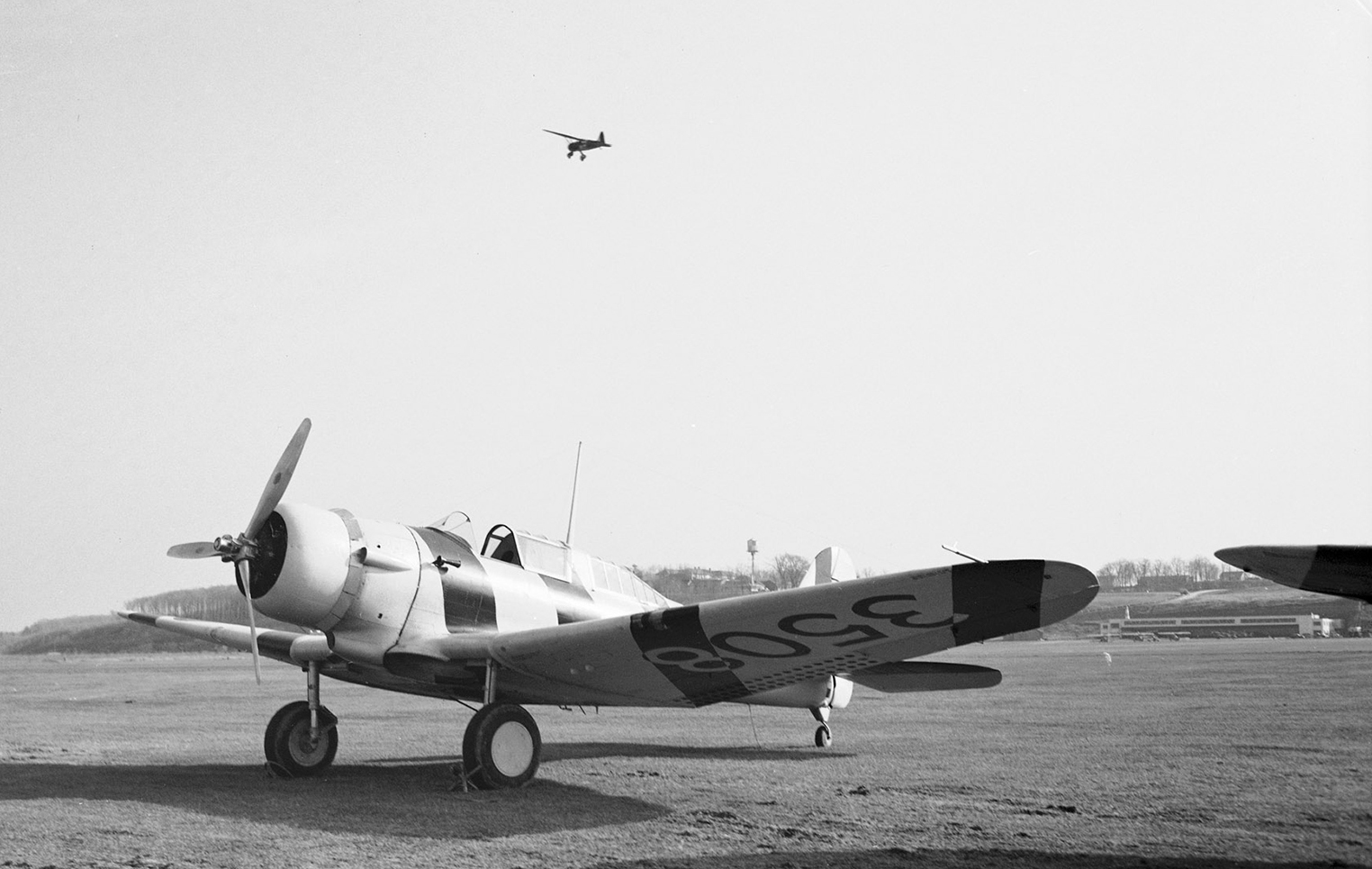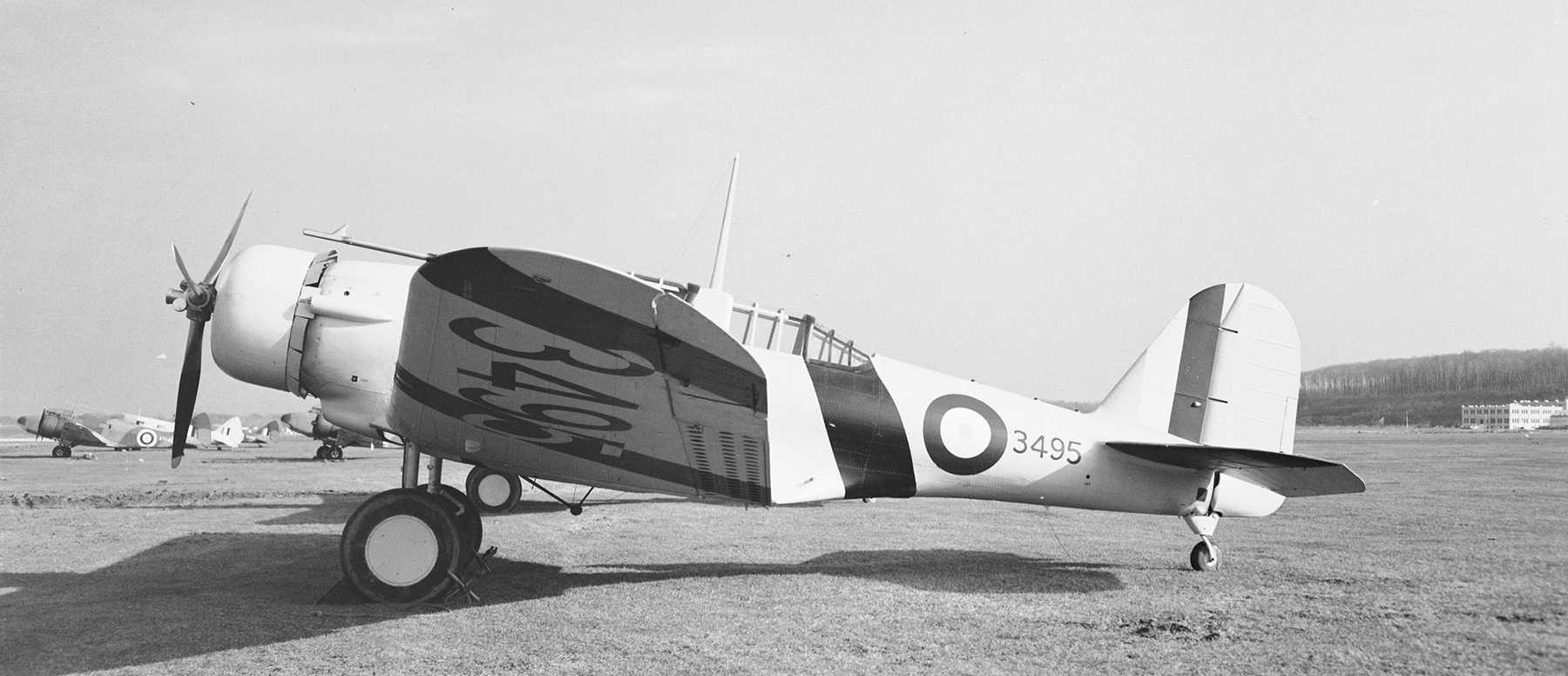Northrop Nomad

Overview
Overview
The Northrop A-17A was a military development of the commercially successful Northrop Gamma. First delivered in 1935 to the US Army Air Corps as a two-seat, light attack bomber, the Northrop A-17A was essentially obsolete by the time the Second World War erupted. Notwithstanding this fact, in June 1940, the Royal Air Force purchased 93 surplus A-17As for various training roles. The RCAF consequently acquired a small number of Nomads, as they became known in British service, exclusively for training purposes as part of the British Commonwealth Air Training Plan. They were never used operationally overseas. Initially, the aircraft were used at Camp Borden to check out qualified civilian pilots who were offering their services to the air force. In 1941, the aircraft were modified to a target-towing configuration to allow for air-to-air gunnery training at various schools in Quebec and Ontario. In addition to being used by the RCAF in Canada, the Royal Norwegian Air Force trained some aircrew in exile on the A-17A at airports in Toronto and Muskoka. The RCAF Nomads were retired with the cessation of hostilities. The Nomads were not particularly outstanding aircraft, but they did provide reliable training service logging an average of approximately 3,000 flying hours each in their four and a half years of service.
| Model number | A-17A |
|---|---|
| Marks | Mk I |
| Role | Trainer |
| Taken on strength | 1940 |
| Struck off strength | 1945 |
| Number | 32 |
| Service | RCAF |
Source: Canadian Combat and Support Aircraft: A Military Compendium by T.F.J. Leversedge © 2007. Translated and reproduced with permission of the author.
Technical specifications
Technical specifications
| Manufacturer | Northrop |
|---|---|
| Crew / passengers | Crew of two: pilot and observer in tandem |
| Powerplant | One 825 hp Pratt and Whitney Twin Wasp Junior R-1535-13 radial engine |
| Maximum speed | 220 mph (354 km/h) |
| Service ceiling | 19,400 ft (5,915 kg) |
| Range | 730 mi (1,175 km) |
| Empty weight | 5,106 lbs (2,316 kg) |
| Maximum take−off weight | 7,543 lbs (3,421 kg) |
| Span | 47 ft 9 in (14.55 m) |
| Length | 31 ft 8 in (9.65 m) |
| Height | 12 ft (3.66 m) |
| Wing area | 362 sq ft (33.63 sq m) |
| Armament | Provisions for five 0.30 caliber machine guns (four in the wings and one on a flexible mount in the rear cockpit) plus four 100-lb (45 kg) bombs |
| Cost | Unknown |
Source: Canadian Combat and Support Aircraft: A Military Compendium by T.F.J. Leversedge © 2007. Translated and reproduced with permission of the author.

